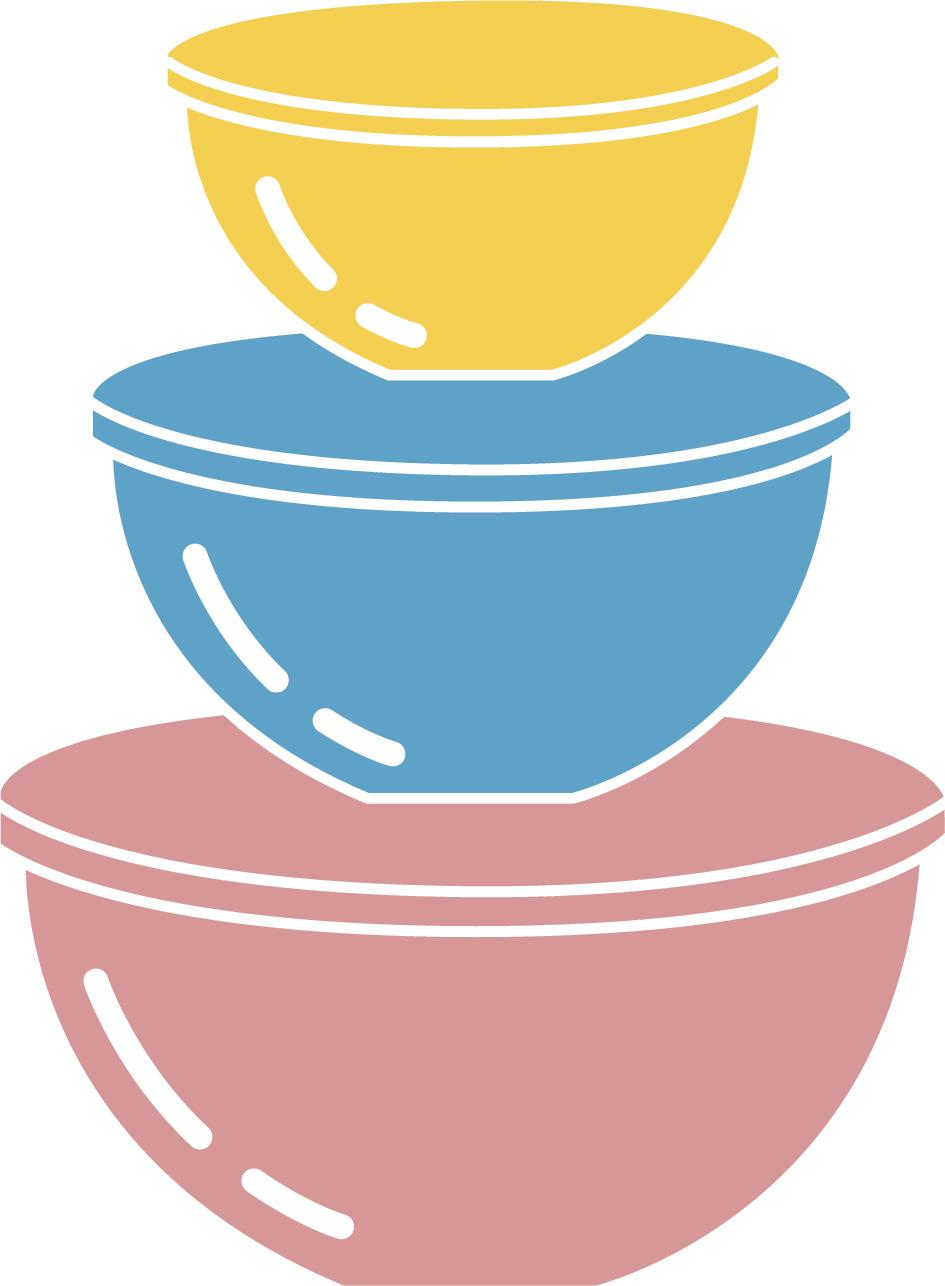 BUILD UP RECIPE RESOURCES
BUILD UP RECIPE RESOURCESAfter four weeks on the longevity eating plan you’ll be feeling completely rejuvenated. So, what’s next? You should now feel confident in what eating habits and foods make a positive difference to health. Use the prompts here to continue the good work and reap the rewards of a healthy, happy, and extended life.
 BUILD UP RECIPE RESOURCES
BUILD UP RECIPE RESOURCESHaving sucessfully followed the plan for a month, you may want to know how to branch out for extra recipe ideas. Use your new-found knowledge to expand your stash of longevity recipes. Simply repeat the 28-day plan, if you’ve strayed far from the ideal, to get back on track.

 NEVER SKIP BREAKFAST
NEVER SKIP BREAKFASTWe’ve said it before, but we’ll say it again: avoid missing out on breakfast at all costs. Leaving time for a healthy and nutritious breakfast is essential for setting up good eating habits for the day. Plus, skipping a meal makes it really hard to meet daily nutrient needs.

 MIX AND MATCH
MIX AND MATCHEnjoy using every recipe in the book; make the most of all the dishes, even those from weeks 1 and 2, with a little tweak. Make breakfasts from the first two weeks slightly bigger by adding extra fruit or more wholegrains. Scale down dinners by cutting portions a little.

 GET ORGANIZED
GET ORGANIZEDBatch cook and freeze your favourite recipes – that way you will always have healthy “ready meals” to hand for times when you’re tired or pressed for time.

 WRITE A WEEKLY MENU
WRITE A WEEKLY MENUPlan your meals each week then write a shopping list to ensure you have all the ingredients you need. If a trip to the supermarket ends up with lots of impulse purchasing (how did that chocolate pudding get in there?) then perhaps start shopping for groceries online.

 SWAP IN NEW INGREDIENTS
SWAP IN NEW INGREDIENTSExperiment with the plan’s recipes. Don’t be afraid to adapt the recipes – not only will that add variety to your diet but it will also enable you to take advantage of seasonal ingredients. For example, swap pasta for buckwheat noodles, rice for wholemeal couscous, tuna for salmon, clams for mussels, or cherries for blackberries.

Build a longevity storecupboard
While following the plan, you’ll have started to buy new ingredients. Build on this revitalized larder and add to this weekly (with a novel wholegrain or some frozen edamame), so that your kitchen cupboards and freezer soon contain a stash of the right foods to create healthy meals when time is short or you’ve run out of fresh ingredients.